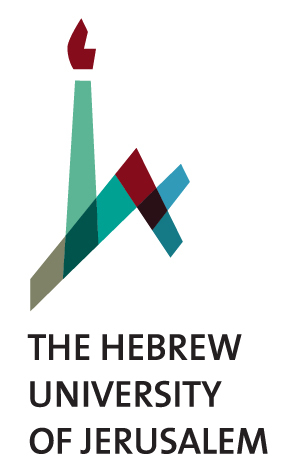Citation:
Abstract:
Serum- and glucocorticoid-induced kinase 1 (Sgk1) regulates many ion channels and transporters in epithelial cells and promotes cell survival under stress conditions. In this study we demonstrate that Sgk1 is a short-lived protein regulated by the endoplasmic reticulum (ER)-associated degradation system and subcellular localization to the ER. We identified a hydrophobic motif (residues 18-30) as the signal for ER localization and rapid degradation by the ubiquitin (Ub)/proteasome pathway in both yeast and mammalian cells. Deletion or reduction of hydrophobicity of the motif redistributes Sgk1 to the cytosol and nucleus and markedly increases its half-life. We determined that the Ub-conjugating UBC6 and UBC7 and the Ub ligase HRD1 are the ER-associated Ub enzymes that mediate degradation of Sgk1; thus, Sgk1 has been identified as a cytosolic substrate for mammalian HRD1. Compartmentalization of Sgk1 controls the functional and spatial specificities of Sgk1-mediated signaling pathways, whereas rapid protein turnover provides a means to rapidly adjust Sgk1 abundance in response to different hormonal and external stimuli that increase Sgk1 gene transcription.

